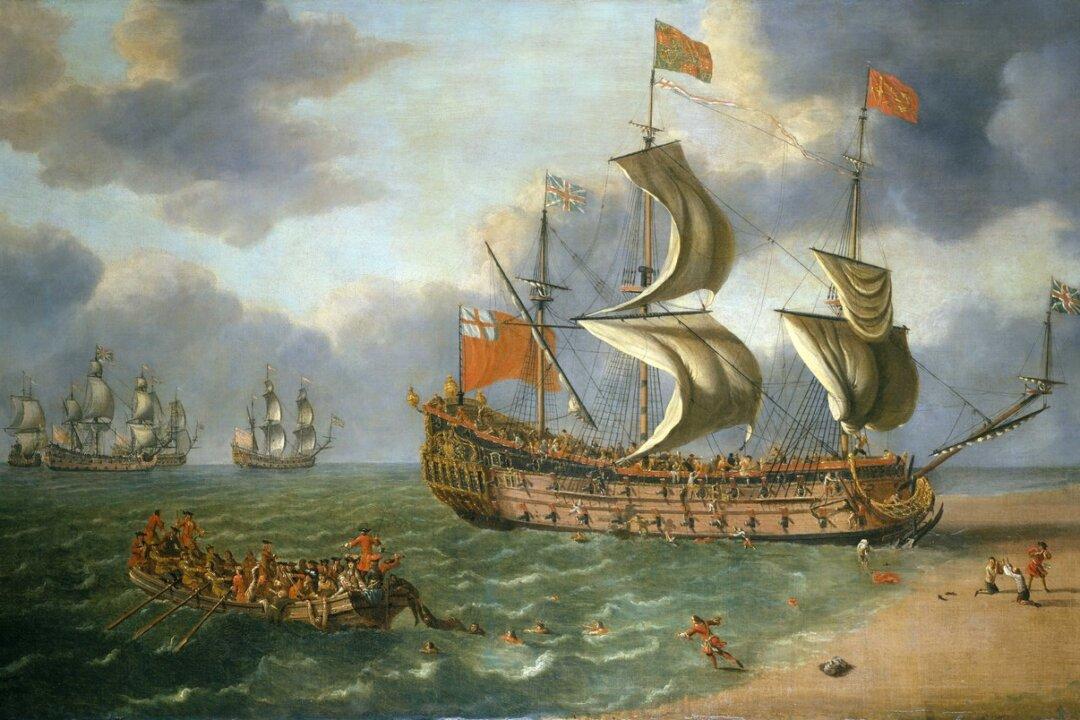According to information from England’s Board of Trade, it is calculated that there have been some 500,000 shipwrecks along Britain’s coastline over the centuries. This number is conservative.
Maritime historian and author Nigel Pickford’s latest narrative “Samuel Pepys and the Strange Wrecking of the Gloucester: The Shipwreck that Shocked Restoration Britain” concerns one.






